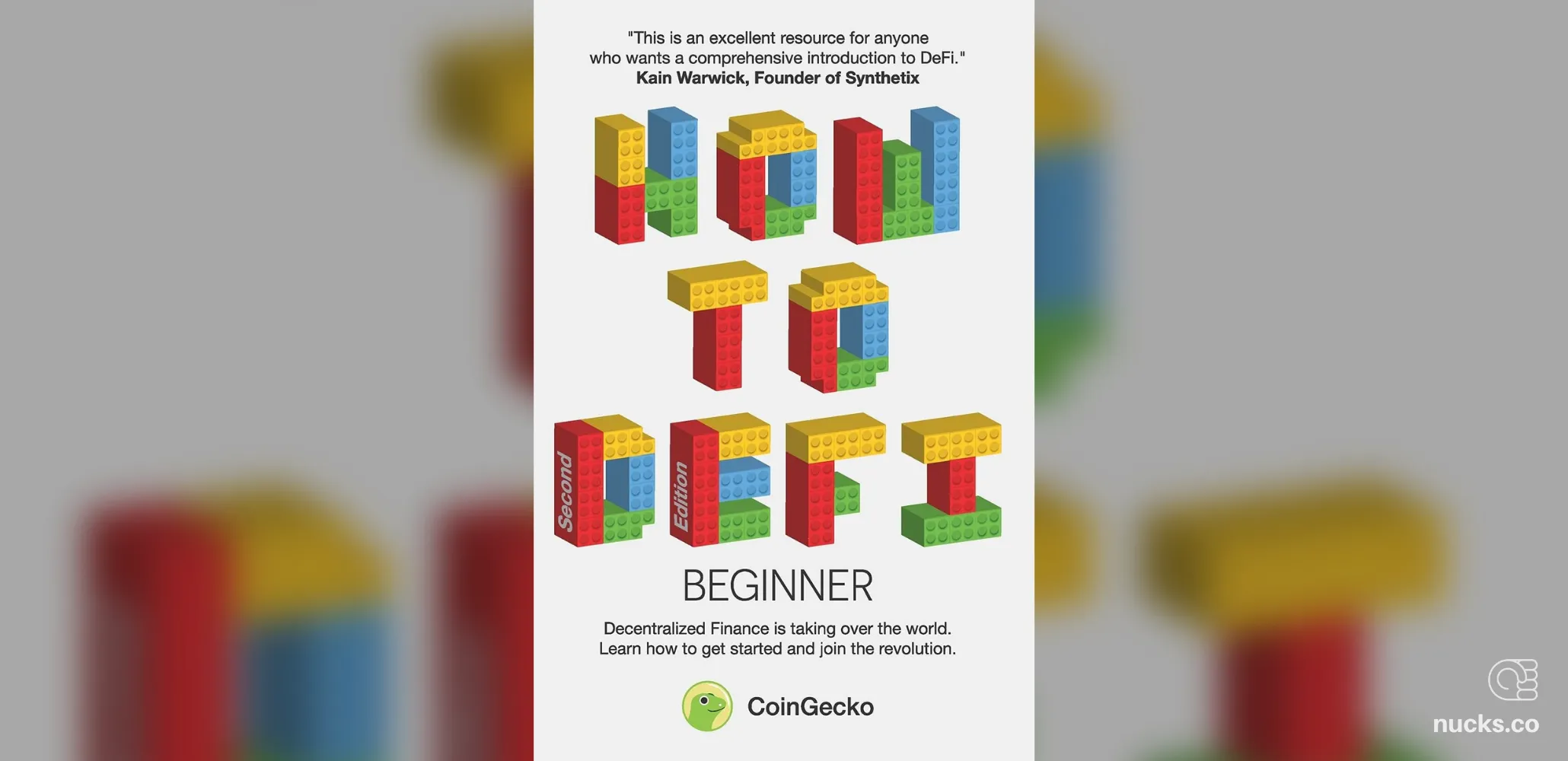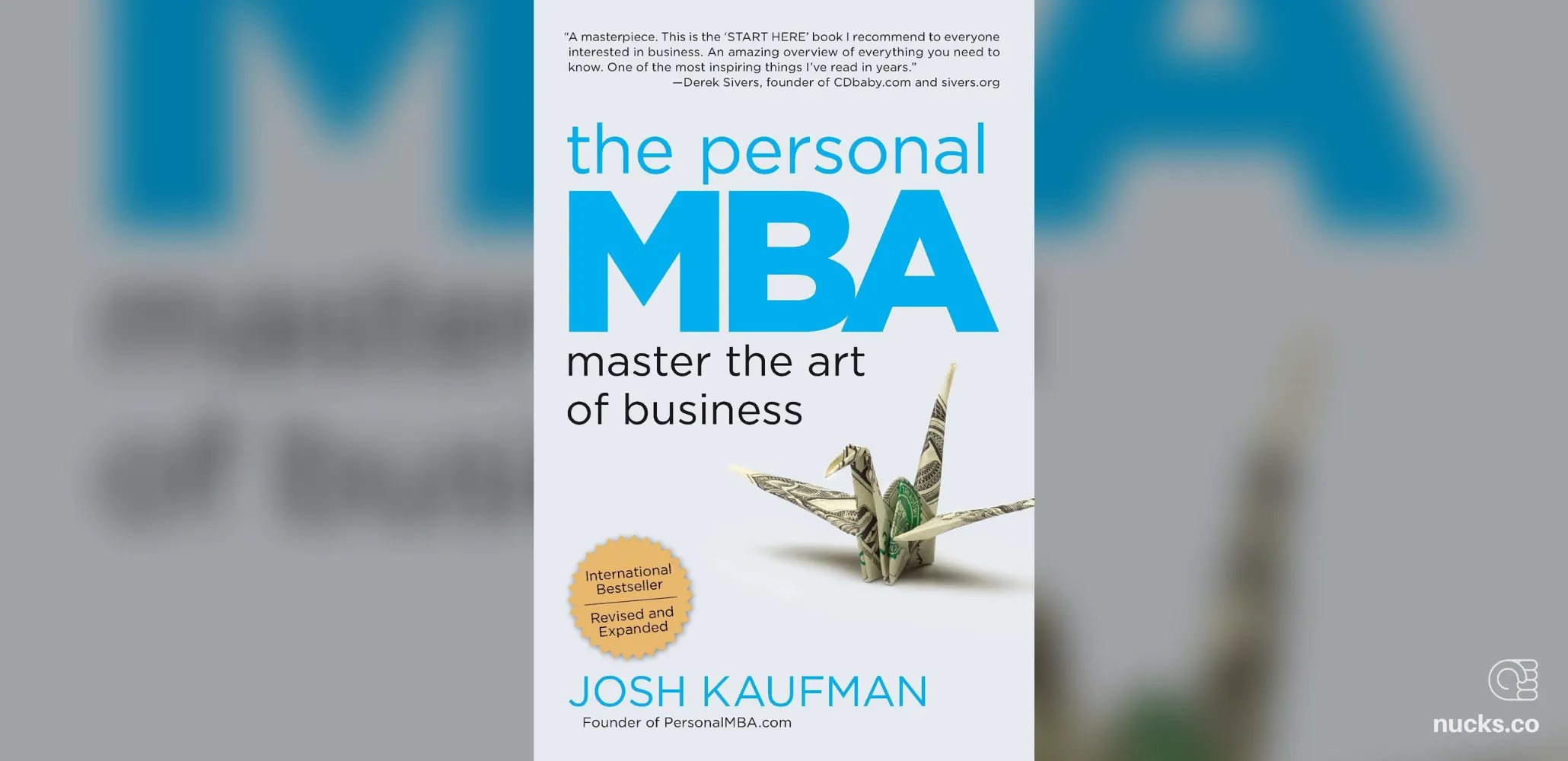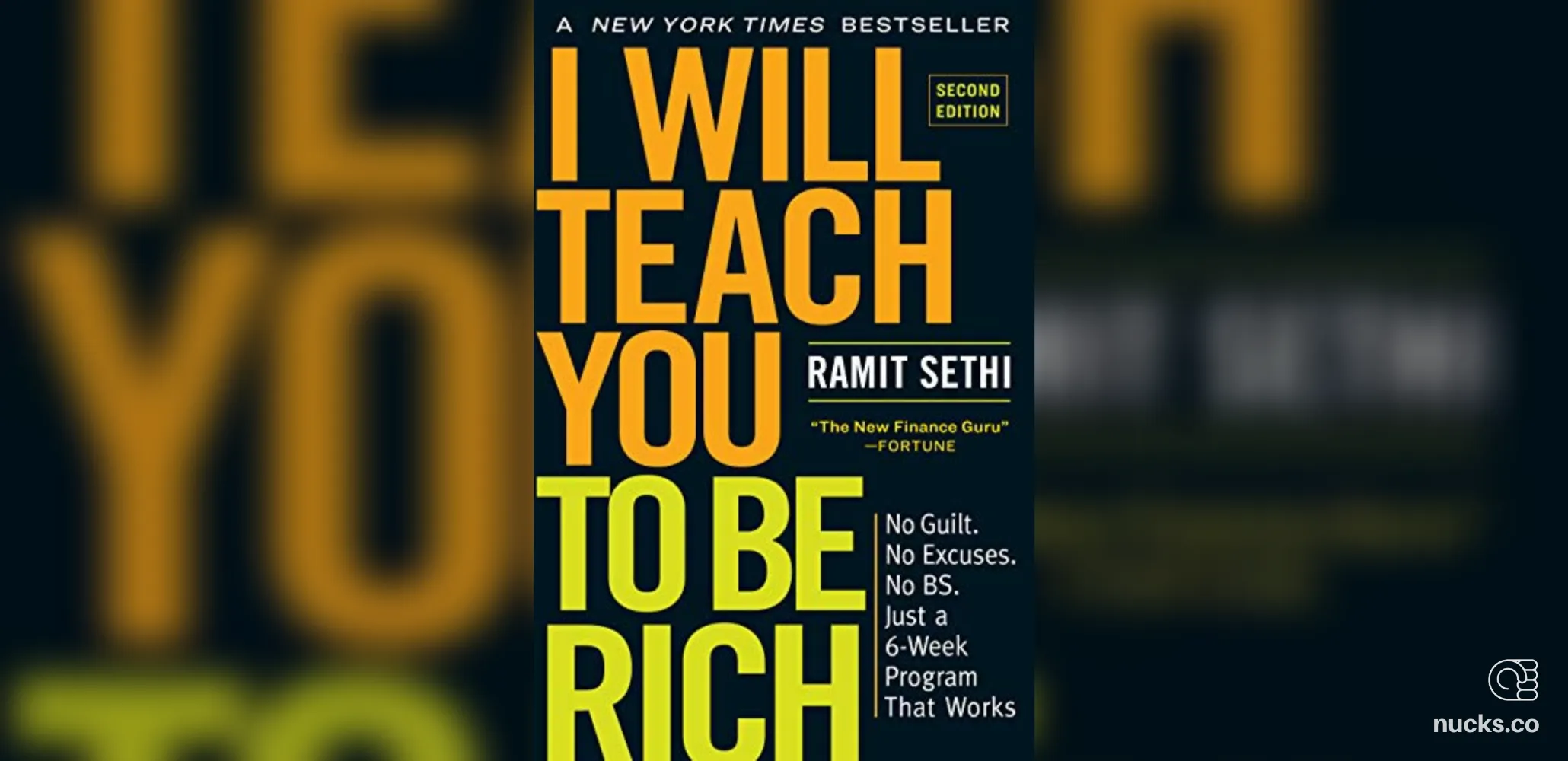How to Defi (Beginner) by Coingecko

Sign up for my newsletter
Receive quality content on diverse topics. The premium edition, for free. 👊🏽
More book notes from Nucks

The Personal MBA: Master the Art of Business by Josh Kaufman
For any aspiring MBA candidate, this book is a must-read. It dives into a variety, if not all, of business subjects that you would study in top MBA programs. The purpose of the book is to serve as an all-in-one guide so you can teach yourself, save thousands of dollars, and succeed in business without the popular MBA degree.

I Will Teach You to Be Rich by Ramit Sethi
This book follows a 6-week program so you can make real-time changes to your finances as you read. It covers credit cards in-depth and teaches other great financial secrets. I recommend reading The Simple Plan to Wealth first because I liked it more, but you will not waste your time reading this book. Some may even prefer it because of the structure that the book follows.